What’s behind the magic?
Georgetown, located in the north-east of Penang Island, is an absolutely magical place and holds a special place in my heart, for a number of reasons. They say though that you don’t love for a reason, you simply do, and there might be something to it, because Georgetown is neither particularly beautiful (by most people’s standards at least) nor very developed or unspoilt, doesn’t boast amazing architecture or spectacular landmarks, isn’t the cleanest….
What does it have then that’s so enchanting? Narrow streets that (I’ll agree with Lonely Planet here) look like the’ve been taken out of a movie set, often devoid of sidewalks and sprinkled with big holes that could prove a serious health hazard to anyone who isn’t watching their step; little shops, cafes, temples, burning incense, tiny altars outside virtually every household in Chinatown, traditional shophouses, a colonial area, Little India bursting with color and Bollywood music, and last but not least, hawker centres and restaurants serving amazing and now world renown food. You’ll also find skyscrapers, hotels and shopping malls in Georgetown, but those have never been my focus.
The population of Penang (and of the rest of Malaysia) is composed of three main ethnic groups: the Chinese (constituting the majority in Penang), the Malays and the Indians. Like Singapore, it also has a small community of Peranakans (also known as Straits Chinese or Baba-Nyonya), who have retained their own culture, cusine and arts and crafts.
Georgtown is the oldest British settlement in Malaysia and a UNESCO World Heritage Site. Anyone interested in the city’s history is bound to head to the Colonial District.
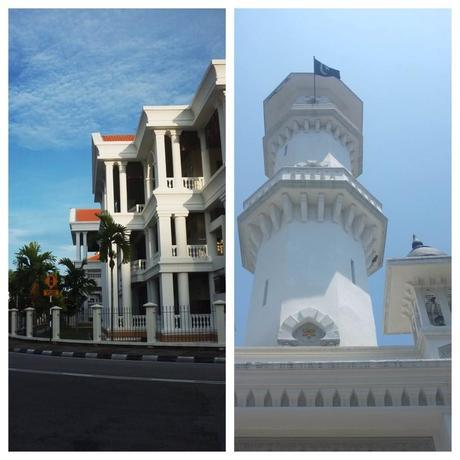
Colonial District
Personally though, I was much more interested in exploring Chinatown, Little India and the neighbouring areas. Chinatown especially is an area where I could spend hours… if only it wasn’t so unbearably hot (I visited Georgetown in the second half of April).
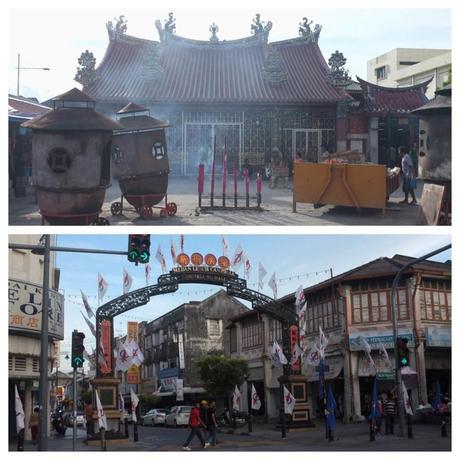
Georgetown’s Chinatown
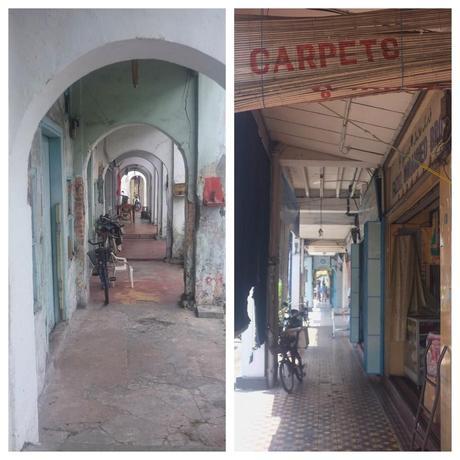
Chinatown streets
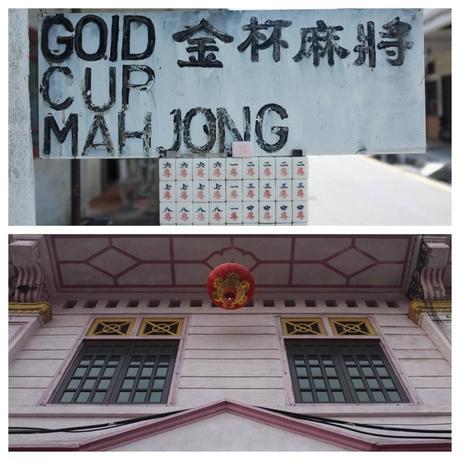
Chinatown, Georgetown, Penang

Chinatown, Georgetown, Penang
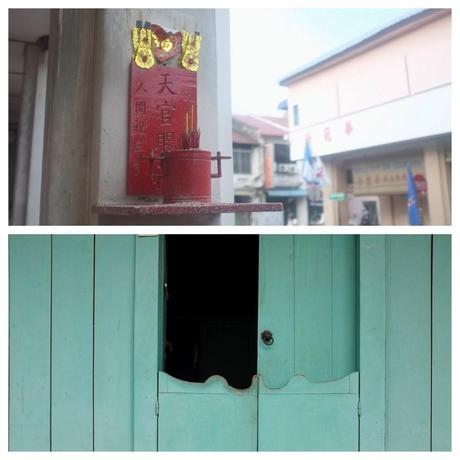
Chinatown, Georgetown, Penang
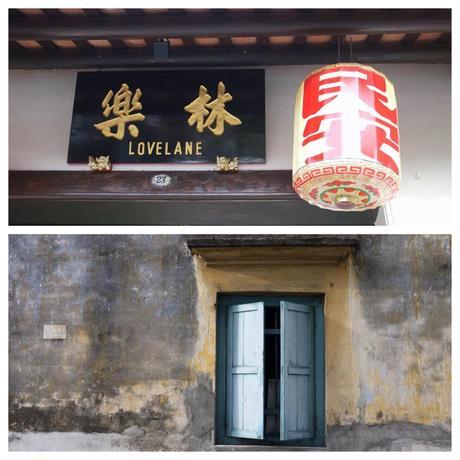
Love Lane
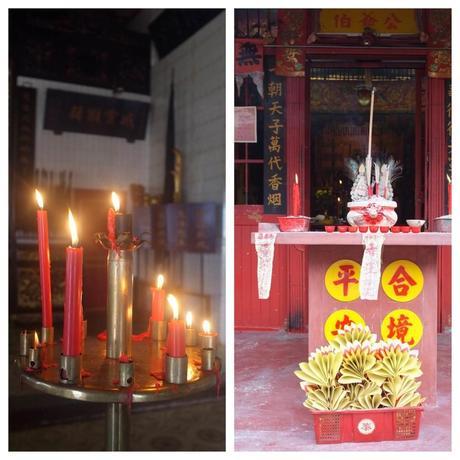
Chinese temple
Georgetown is also home to some amazing street art. There is a series of 24 caricatures drawing on the historical and cultural aspects of the city, and a series of hand painted murals by a Lithuanian artist Ernest Zacharevic. You’ll find the details in this brochure.
To get away from the urban scene for a while, a local friend took me to a little fishing village, which is cleverly hidden and yet practically at the heart of town. The houses built on stilts and fishing boats are incredibly picturesque, and the stillness of the place and the breeze coming from the water and open space make you feel like you’re a long way from the hustle and bustle of Georgetown.
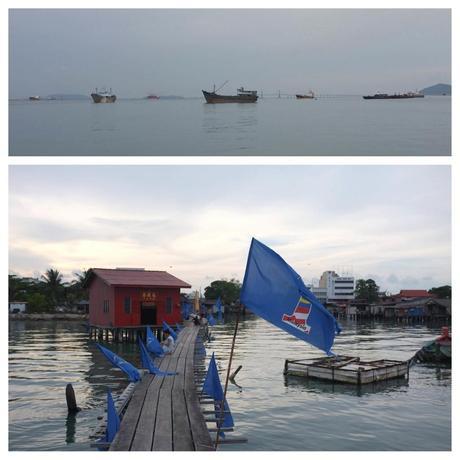
fishing village
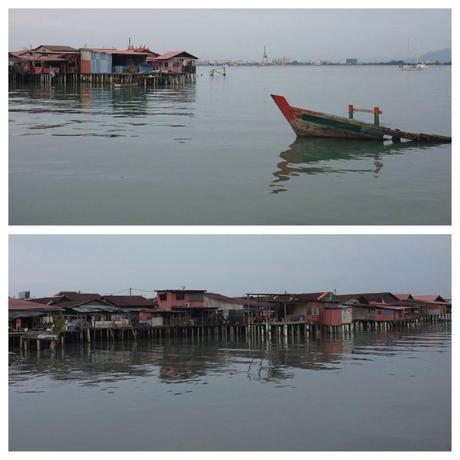
fishing village
I was also lucky enough to be taken to a hidden waterfall in the Botanic Gardens (the waterfall is closed to the public and I’d never be able to find it on my own if I went back).
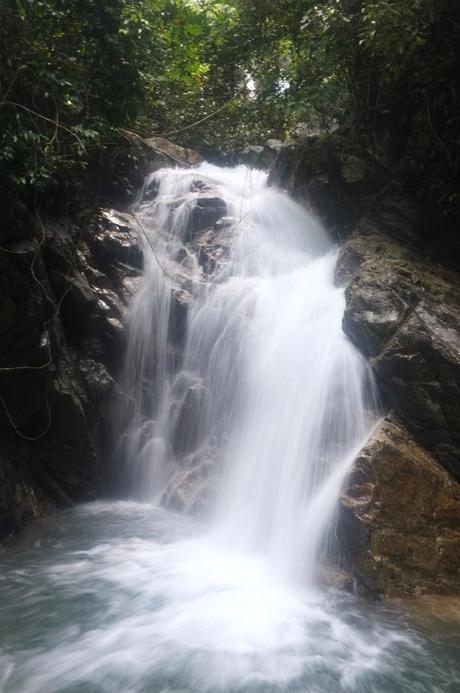
waterfall
I also visited a temple where you can get your fortune by spinning the wheel placed at the feet of one of the statues. I got a number 4, and let’s just say that the fortune wasn’t great, but since one of the predictions was that my wife will give birth to a daughter, I told myself that it was clearly not meant for me (if I end up getting married one day, it will probably not be to a female).
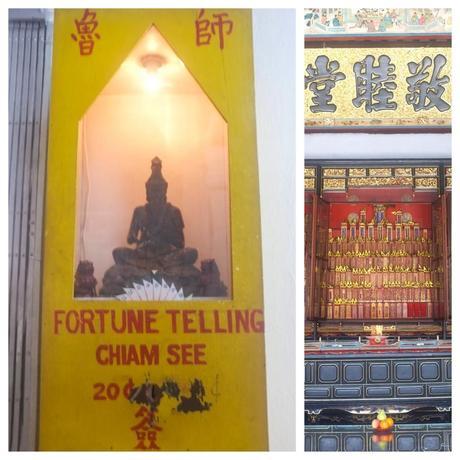
get your fortune
Let’s get to the food now, shall we?
After dark, the streets of Georgetown fill up with hawkers serving some truly amazing food. This is what Penang is known for. Make sure you stick around long enough to try all the local delicacies (I have a few to come back for).
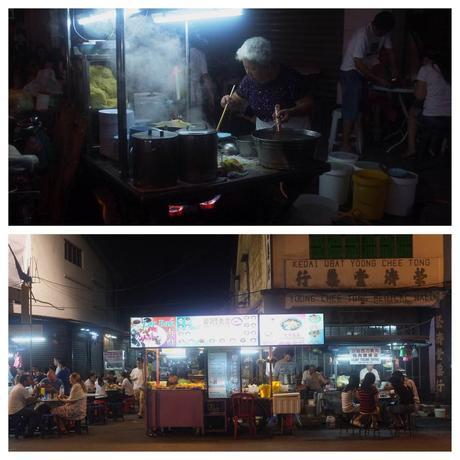
street food
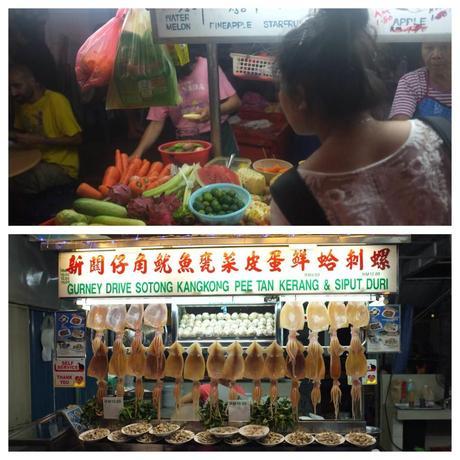
Gurney Drive
I first tried the famous Penang Laksa at Gurney Drive (probably the most well known local hawker centre, and a bit more posh than the other ones; particularly known for the laksa stalls, but also serving anything you may think of… and more). I repeated the laksa experience at the Esplanade Food Centre (located by the seaside, in the Colonial District, and offering Malay and Chinese specialities), along with pasembur.
Laksa is a spicy noodle soup typical of Malaysia, Singapore and Indonesia. There are several variants of this dish, depending on the region. The Penang Assam Laksa is made with fish broth, lemongrass, chili and assam (tamarind), served with rice vermicelli, garnished with ginger flower bud, onion, cucumber, lettuce, chili and mint leaves, and drizzled with prawn paste.
Pasembur is a Malaysian-Indian salad dish composed of cucumber strips, turnip, bean sprouts, bean curd, crispy crackers, prawn fritters, fried crab and other seafood (you can actually pick the ingredients yourself when ordering). It is served with sweet and spicy peanut sauce.
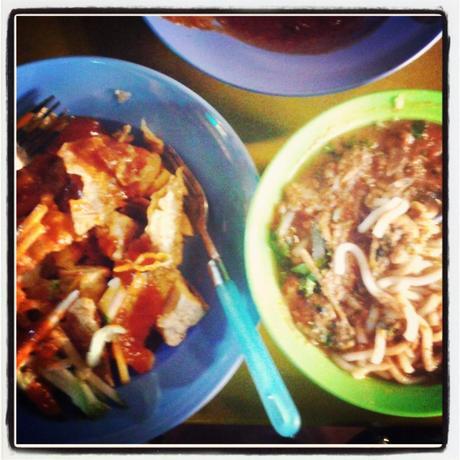
Pasembur & Penang style laksa
Rojak is another salad dish, consisting of fruit and veggies and served with a thick, sweet and spicy chili sauce and sprinkled with roasted ground peanuts.
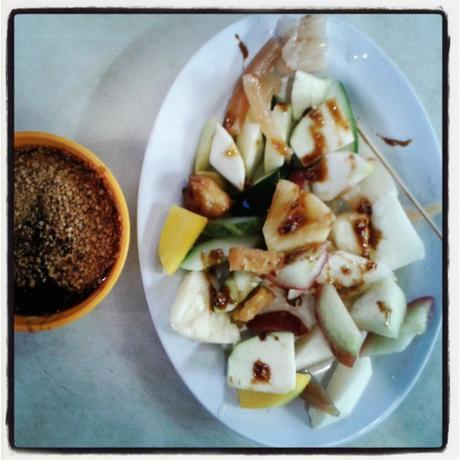
rojak
Other local specialities include popiah, which are either fresh or deep fried rolls that come in many varieties, and the famous Penang Char Koay Teow, a wok dish made with rice noodles, prawns, garlic, soy sauce, bean sprouts, egg, chives and cockles.
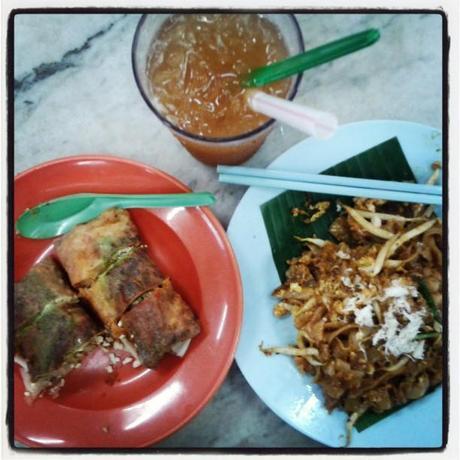
Popiah & Char Koay Teow
Chee Cheong Fun is a dish made from rice flour noodles that are steamed, rolled and then sliced into small pieces, served with a savoury shrimp sauce and sprinkled with sesame seeds.
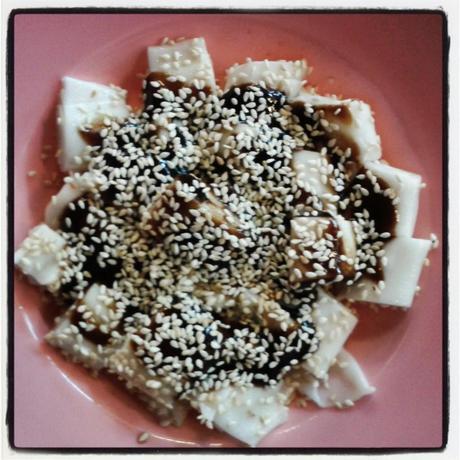
Chee Cheong Fun
I’ve also had at least a few meals in Little India, the first of which was much bigger than I expected.
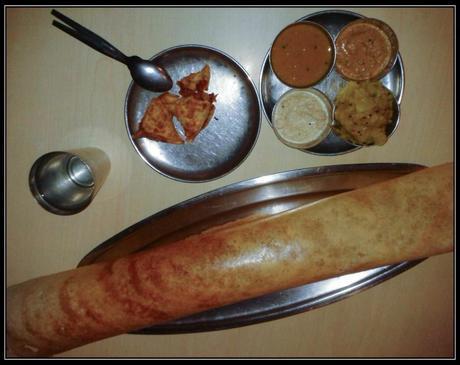
paper masala dosa
I paid Restaurant Kapitan a couple visits, lured in by their promise of the best nann around, and I wasn’t disappointed. I also checked out a few other places in the area.

Indian treats
A local friend took me to a place hidden from the eyes of most tourists for some banana leaf rice.
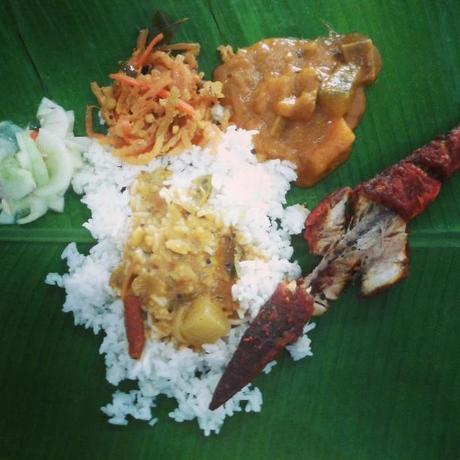
banana leaf rice
And last but not least, here are the fenomenal Nyonya Kuih, a traditional Peranakan dessert. They are sticky cakes made primarily from rice flour, glutinous rice and coconut milk, but ingredients vary depending on the type. They come in different shapes, colours and flavours.
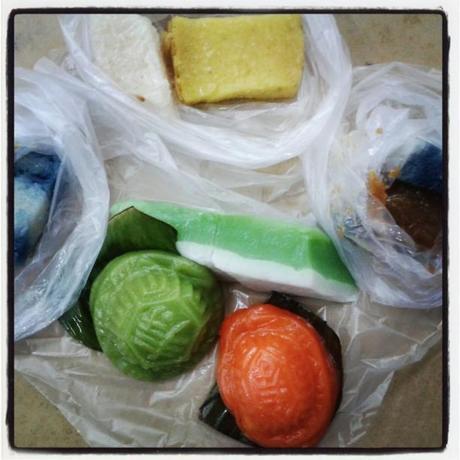
Nyonya Kuih
It is love
I fell in love with Georgetown, and still have the rest of Penang Island to explore, a few more local dishes to try, and a friend to visit, so it is only a matter of time before I go back.

